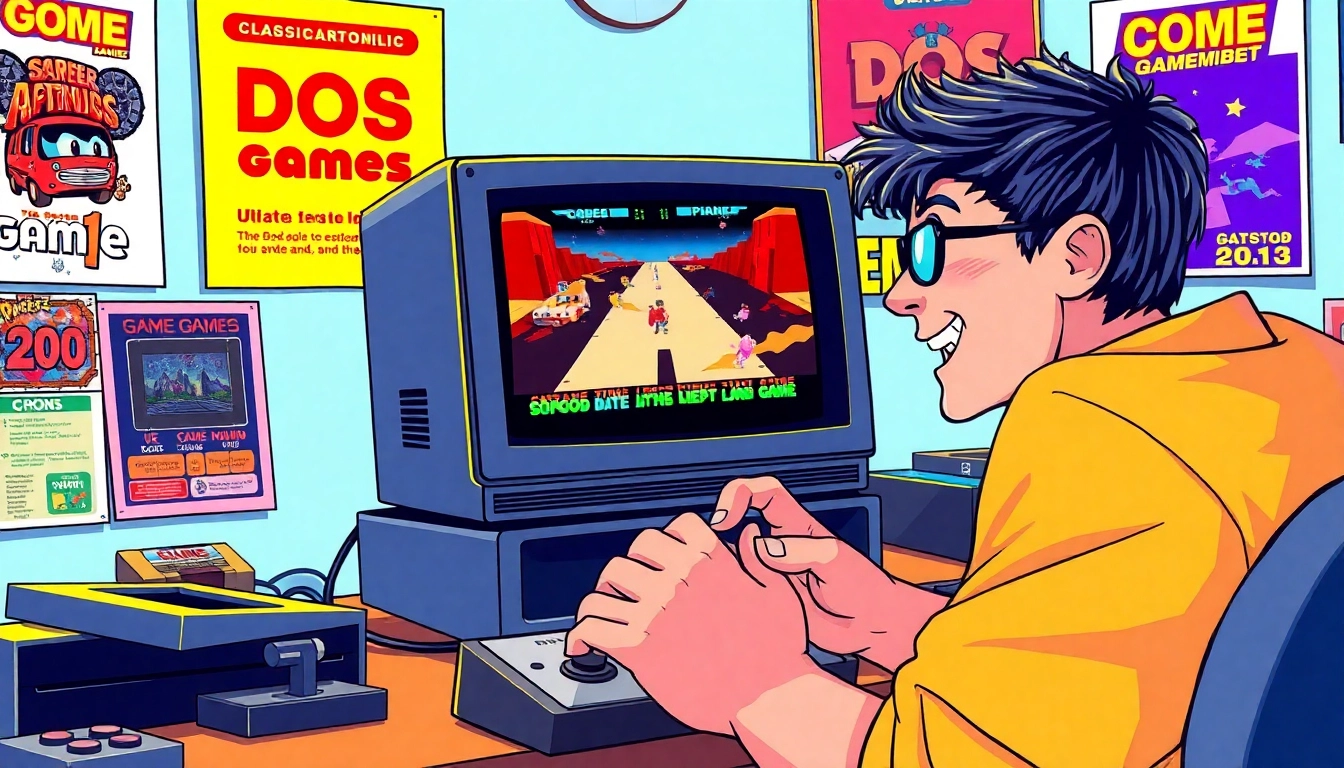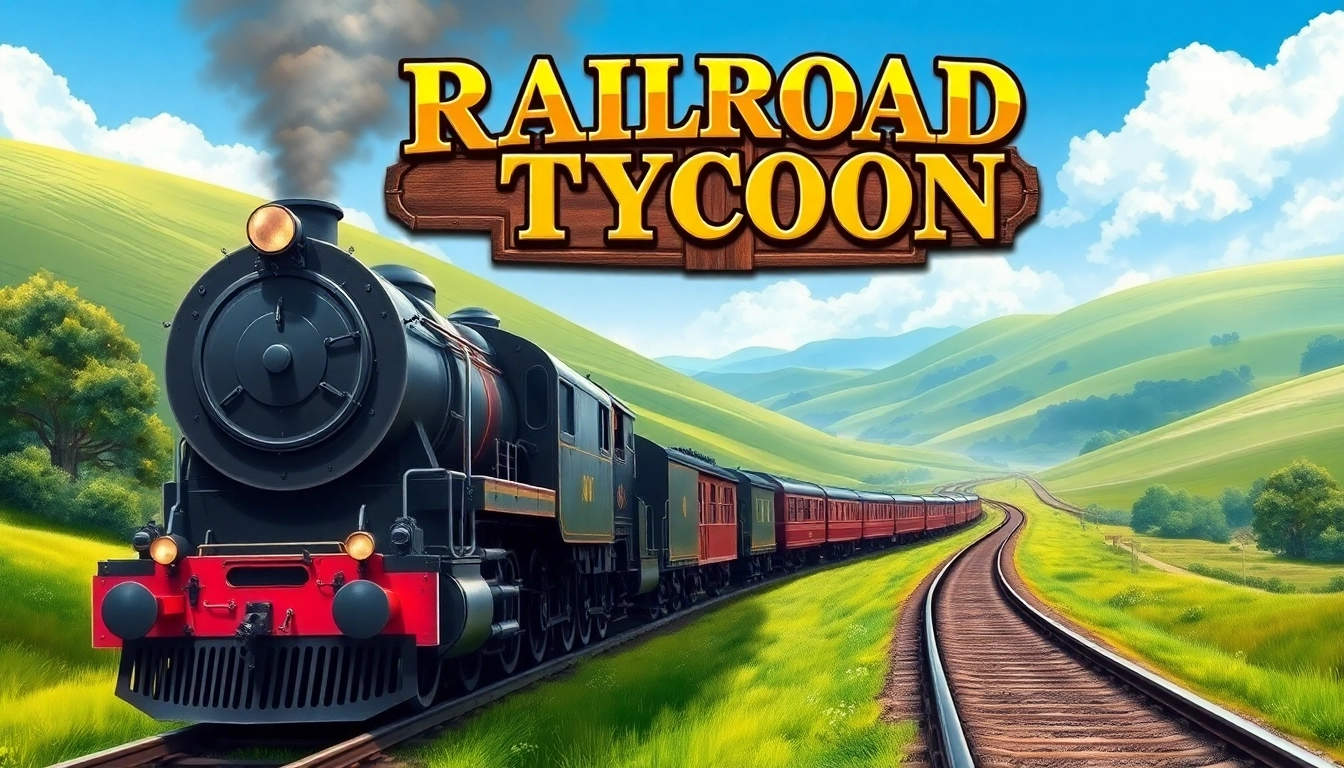An Introduction to the Dune 2 Game
When exploring the landscape of real-time strategy games, few titles capture the imagination quite like the dune 2 game. Developed by Westwood Studios and released in the early nineties, this seminal title laid the groundwork for what would become a thriving genre. It is not just a game; it is a historical touchstone that signifies the evolution of gaming culture, particularly in the realm of strategy. The game set the stage for future real-time strategy games, establishing both gameplay mechanics and narrative depth that are echoed in many titles today.
Overview of Dune 2 Game Development
Dune II: The Building of a Dynasty was developed as a sequel to the original Dune game, which had limited gameplay mechanics and focused more on adventure and exploration. The transition to a fully-fledged strategy game marked a significant development shift for Westwood Studios, who were inspired by the Dune universe created by Frank Herbert. The game was released in 1992 and crafted for several platforms, including Amiga, Sega Genesis, and DOS.
The development team, featuring designers Brett Sperry, Aaron E. Powell, and Joseph Bostic, aimed to create a game that was both accessible to newcomers and deep enough for seasoned strategy veterans. The project required innovative thinking, particularly in its approach to resource management and real-time mechanics, which were relatively new concepts in the gaming landscape at the time.
Historical Context and Cultural Impact
The early nineties saw a burgeoning interest in strategy games, coinciding with advancements in computer graphics and processing power. Dune II emerged at a pivotal time, introducing gamers to a more dynamic and engaged form of gameplay. Its success not only contributed to the continued popularity of real-time strategy games but also left an indelible mark on game design, influencing a generation of developers.
Moreover, the game’s incorporation of a sci-fi narrative provided a rich backdrop that captivated players, reinforcing the importance of storytelling in video games. As a result, Dune II not only entertained but also educated players on the significance of strategic planning and resource allocation. This cultural impact cannot be overstated, as it inspired sequels and adaptations across various media, including remakes and a resurgence in interest surrounding the Dune franchise.
Key Features of Dune 2 Game
The dune 2 game is celebrated for several features that set it apart from competitors:
- Real-time Strategy Mechanics: Players engage in combat and resource management in real time, a format that was both challenging and engaging.
- Three Unique Factions: The game includes three distinct factions—Atreides, Harkonnen, and Ordos—each with unique units and abilities, allowing for diverse strategies.
- Resource Management: Players must gather and manage spice, their primary resource, to build structures, create units and ultimately conquer opponents.
- Base Building: A strong emphasis on constructing bases to support military efforts adds depth to gameplay.
Gameplay Mechanics in Dune 2 Game
Basic Controls and User Interface
The user interface of Dune II was intuitively designed to cater to both new and experienced players. The controls allowed for seamless navigation and management of units and buildings. Players point and click to command their units, making it easy to execute complex strategies, even with the limitations of the technology at that time.
Additionally, each faction’s unique interface provided players with specific information and resources, enhancing the experience of managing their chosen faction’s destiny. Understanding the interface is crucial for success, as effective management equates to victory on the battlefield.
Strategic Elements of Dune 2 Game
Dune II encourages players to employ strategic thinking in every aspect of gameplay. From the allocation of resources to the development of military units, strategic planning dictates the pace and outcome of the game. Players must navigate the multifaceted systems established within the game, learning to balance offense and defense effectively.
The introduction of varying terrain types also influences strategy, as players must adapt their tactics according to the landscape. For example, employing stealth tactics on rocky terrains or maximizing mobility in flat areas can tip the balance in favor of the player.
Unit Management and Resource Allocation
The units within Dune II are categorized into different types, including infantry, vehicles, and air support, each with their strengths and weaknesses. Managing these unit types effectively requires understanding their roles and coordinating them for greater impact on the battlefield.
Resource allocation is equally critical. Players must gather spice, the lifeblood of their economy, while defending against rival factions. Understanding when to invest in new units or enhance defenses can be the difference between prosperity and defeat. This challenging aspect of the gameplay compels players to formulate tactics, invest wisely, and adapt increasingly as the game progresses.
Understanding Factions in Dune 2 Game
Faction Characteristics and Unique Abilities
The three primary factions, Atreides, Harkonnen, and Ordos, embody distinct playstyles that contribute to strategic diversity:
- Atreides: Known for their advanced technologies and versatile units, they operate efficiently in various combat situations.
- Harkonnen: Emphasizing brute strength, this faction boasts powerful units and structures, encouraging aggressive tactics.
- Ordos: A faction that relies on deception and advanced espionage, their units are equipped with unique abilities for trickery and surprise attacks.
Strategies for Each Faction
Players must tailor their strategies according to the strengths of their chosen faction. For the Atreides, employing a balanced approach with a focus on technology can provide an edge over opponents. In contrast, Harkonnen players may adopt aggressive tactics, prioritizing early attacks to overwhelm enemies quickly.
Ordos players, on the other hand, benefit from creating diversions and leveraging their unique abilities to outmaneuver their opponents. Developing a deep understanding of faction attributes can significantly enhance a player’s effectiveness in the game and lead to successful campaigns.
Faction Interactions and Rivalries
The interactions between factions create a dynamic gameplay experience that goes beyond mere numbers and unit strength. Each faction has a distinctive set of advantages that can counteract the others, fostering an environment rich with rivalry and competition.
Strategically, players might choose to form temporary alliances or exploit weaknesses in adversaries to manipulate faction behaviors to their advantage, showcasing all aspects of negotiation and tactical foresight.
Significant Challenges in Dune 2 Game
Common Player Challenges and Solutions
Players new to Dune II often encounter common challenges, such as resource management and combat tactics. Understanding the importance of spice collection and unit positioning can seem daunting. However, seasoned players suggest creating a balanced approach that prioritizes both defense and efficient expansion.
Additionally, players battling against AI can be unpredictable at times. To address this, it is advisable to establish clear strategies for different game scenarios, focusing on adaptation and maneuverability to outsmart AI tactics.
Tips for Advanced Players
For advanced players, honing in on micro-management skills can drastically improve performance. Pay close attention to unit health and positioning, utilizing the terrain to your advantage while executing careful attacks. Understanding the strengths and weaknesses of enemy factions can provide insights into their strategies, allowing for preemptive counteractions.
Additionally, advanced players often utilize psychological tactics to lure opponents into traps, utilizing feigned retreats or misinformation about their unit composition. This depth of strategy can significantly influence the outcomes of matches.
Game Updates and Community Engagement
The dedicated community surrounding Dune II persists to this day, with forums and online platforms providing spaces for players to share strategies, experiences, and mods. Engaging with this community can enhance understanding and unveil new strategies or hidden aspects of the game that may have been overlooked.
Moreover, advancements in technology have led to remakes and updates that keep the essence of Dune II alive while introducing modern graphics and mechanics, ensuring that both veteran players and newcomers can enjoy the game in fresh settings.
The Legacy of the Dune 2 Game
Influence on the Real-Time Strategy Genre
Dune II undoubtedly shaped the real-time strategy genre, setting benchmarks for future development. Its emphasis on resource management, faction diversity, and strategic planning established templates that many developers follow to this day.
The game’s innovations in user interface design and gameplay mechanics have influenced titles across platforms, proving that the foundational elements of Dune II still resonate in modern gaming.
Fanbase and Community Contributions
The fanbase for Dune II remains robust, with numerous contributions in the form of mods and fan games that explore different gameplay mechanics or storylines. Many fans engage deeply with the Dune universe, producing content that expands on the lore and offers fresh narratives within the established framework of the game.
This grassroots support highlights the game’s lasting appeal and its significance as a cultural artifact within gaming history.
Future of Dune 2 Game in Modern Gaming
As gaming technology continues to evolve, the future of the dune 2 game lies in remakes and reinterpretations that seek to blend nostalgia with modern advancements. Such projects aim to introduce the classic gameplay mechanics to a new generation while revitalizing the engagement for those who fondly remember its original release.
With the rise of retro gaming and the preservation of classic titles, Dune II’s legacy is safeguarded, ensuring that it retains its position as a cornerstone in the history of video games. As interest in the Dune franchise increases, the relevance of Dune II will likely continue to grow, allowing for further exploration of its gameplay and narrative richness.







Leave a Reply